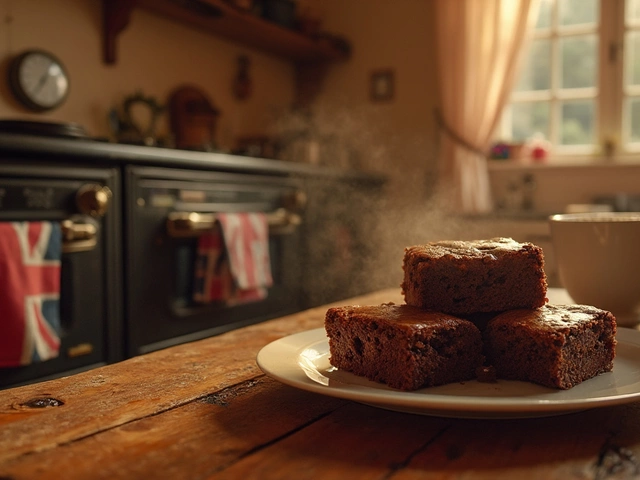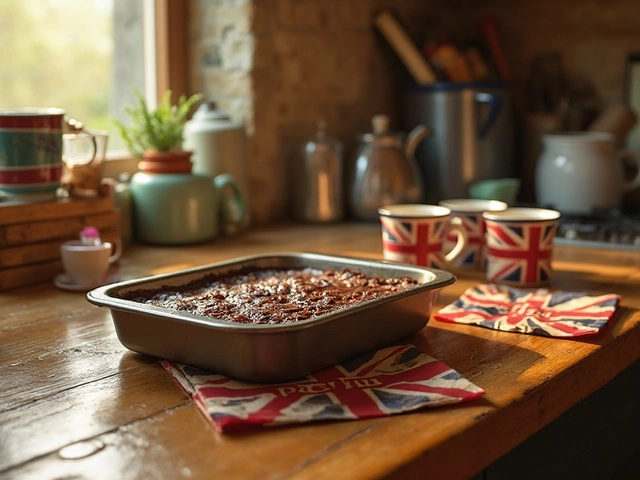Candy Basics: How to Choose, Store, and Enjoy Sweet Treats
Candy isn’t just a snack – it’s a mood booster, a party hero, and sometimes a dietary dilemma. Whether you love classic chocolates, crave gummy bears, or need a plant‑based treat, knowing the basics saves time, money, and disappointment.
First, figure out your candy style. Do you lean toward chocolatey, chewy, sour, or crunchy? Do you need a dairy‑free, egg‑free, or gluten‑free option? Answering these questions narrows the aisle and keeps you from grabbing something that won’t work for you.
Finding the Right Candy for Your Diet
Vegan candy has exploded in the last few years. Brands now label gummies, chocolates, and even hard candies as “plant‑based.” Check the ingredient list for gelatin, whey, or honey – those are the usual animal clues. If you see “pectin” instead of gelatin, you’re probably safe.
Popular vegan picks include fruit‑flavored gummies made from tapioca, dark chocolate bars sweetened with coconut sugar, and cotton candy that’s 100 % sugar and air. When you’re unsure, a quick online search for “vegan [candy name]” often pops up a reliable answer.
For other dietary needs, look for “gluten‑free” seals or “nut‑free” claims. Some candy manufacturers run dedicated lines to prevent cross‑contamination, which is essential if you have severe allergies.
Keeping Your Candy Fresh
Freshness matters more than you think. Hard candies can get sticky, chocolate can bloom, and gummies can dry out. Store most candy in a cool, dry place away from direct sunlight. A pantry shelf or cupboard works well.
Chocolate lovers should keep bars in a sealed container at about 65‑70 °F. If your kitchen gets warm, a short‑term fridge stint is okay, but always let the chocolate return to room temperature before unwrapping – sudden temperature changes cause condensation.
Chewy candies like gummies benefit from an airtight zip‑lock bag. Adding a small piece of bread can absorb excess moisture and keep the texture soft. For hard candies, a simple candy jar with a tight lid does the trick.
If you buy candy in bulk, consider portioning it into smaller bags before storing. That way you only expose the amount you’ll eat, keeping the rest pristine.
Fun fact: candy that’s been stored for over a year can still be safe, but flavor intensity drops. If you’re after the strongest taste, aim to use it within six months.
Now that you know how to pick and protect your sweets, try a small experiment. Pick three candies – a regular chocolate, a vegan gummy, and a nostalgic hard candy. Store each using the tips above and taste them after a month. You’ll see the difference fresh storage makes.
Keeping up with candy trends can spice up your snack game. 2024 saw a rise in “DIY candy kits,” where you melt, shape, and flavor your own treats at home. These kits often include vegan chocolate and natural colorings, letting you control sugar levels and allergens.
Another hot trend is “functional candy” – gummies infused with vitamins, caffeine, or even probiotics. They’re marketed as a tasty alternative to pills, but always check the sugar load before making them a daily habit.
Whether you’re planning a birthday, a movie night, or just a sweet pick‑me‑up, the right candy choice and proper storage turn an ordinary treat into a highlight. Grab a bag, follow the simple storage steps, and enjoy every bite knowing you picked the perfect sweet for you.






